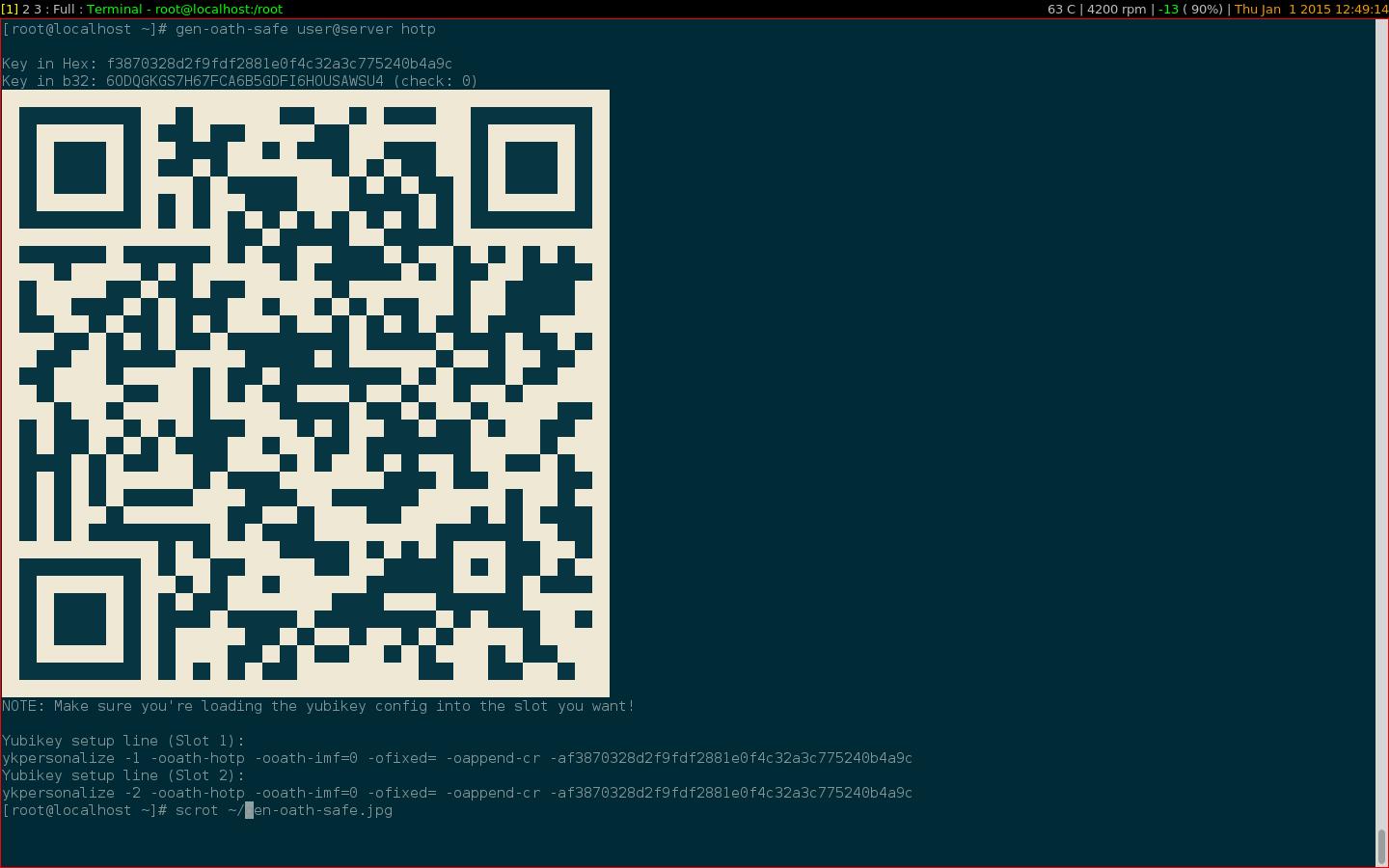Router Upgrade From Hell
The day started with a plan. I would upgrade to the latest OpenWRT release with minimal disruption to the home internet, planning out the steps beforehand, and being careful not to totally mess things up. And as always reality had other ideas about how the day would go.
The Original Plan
I’m running OpenWRT on a PC Engines APU4 with way more disk space than it needs. The APU4 boots from the SSD like a traditional PC, not like a router booting from dedicated Flash storage, so I wasn’t sure exactly how the OpenWRT upgrade procedure would work and I wanted to make sure I had a working install to fall back on.

